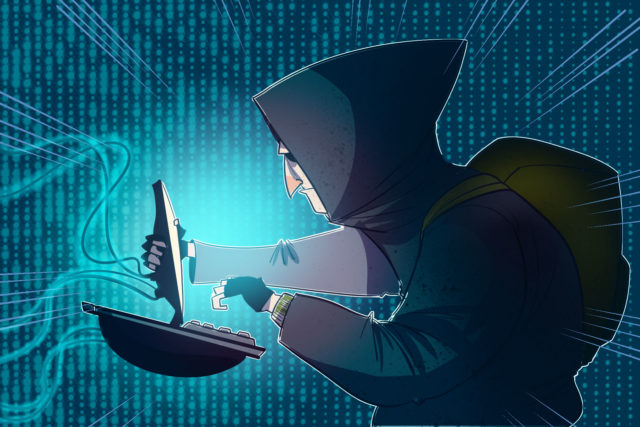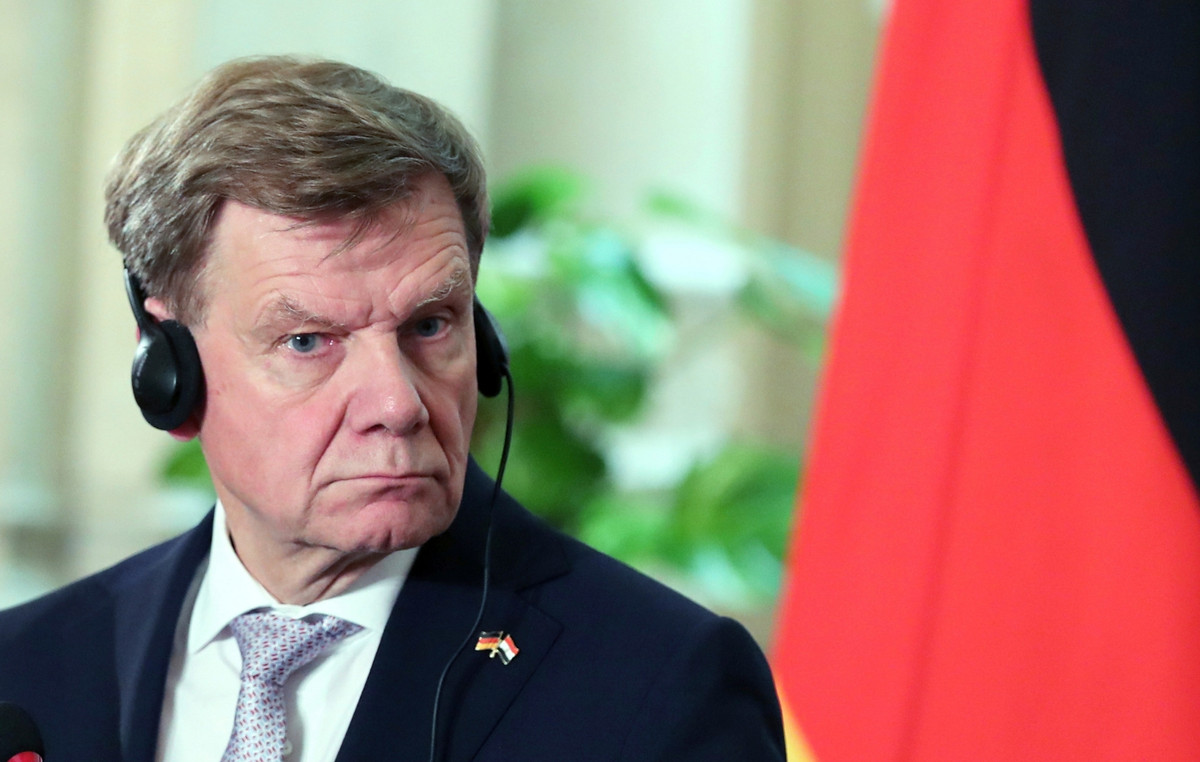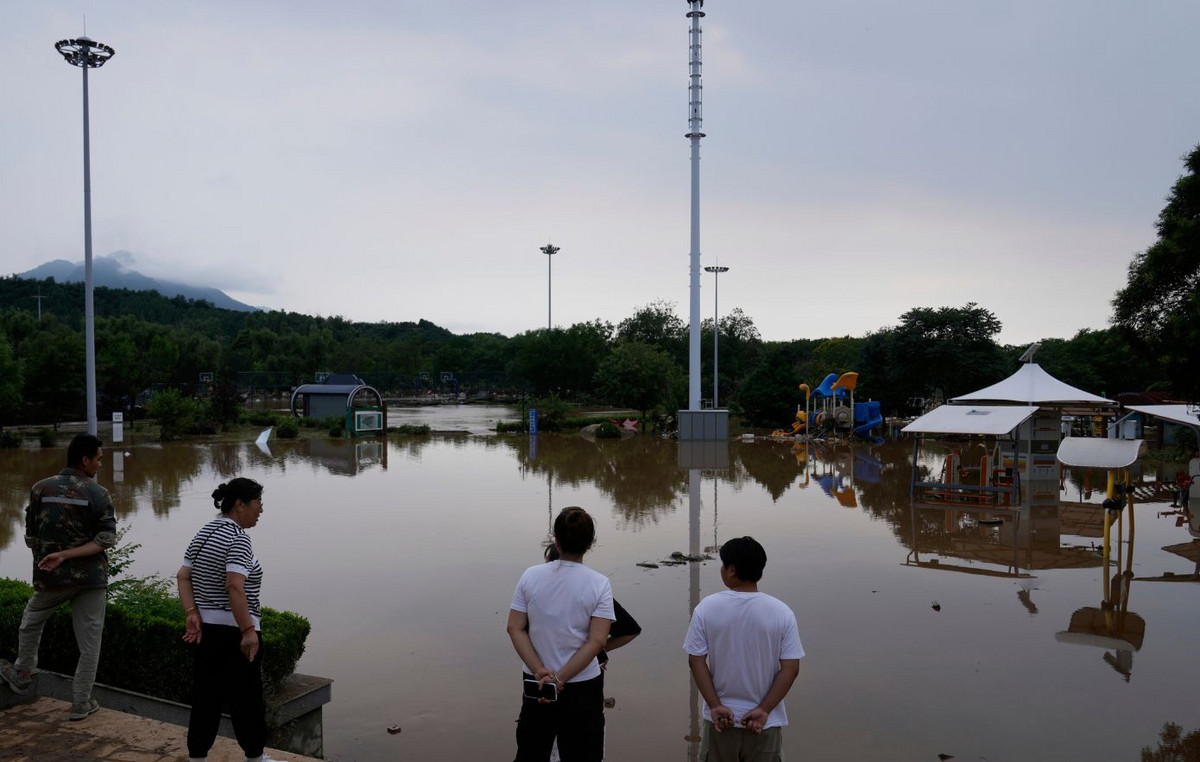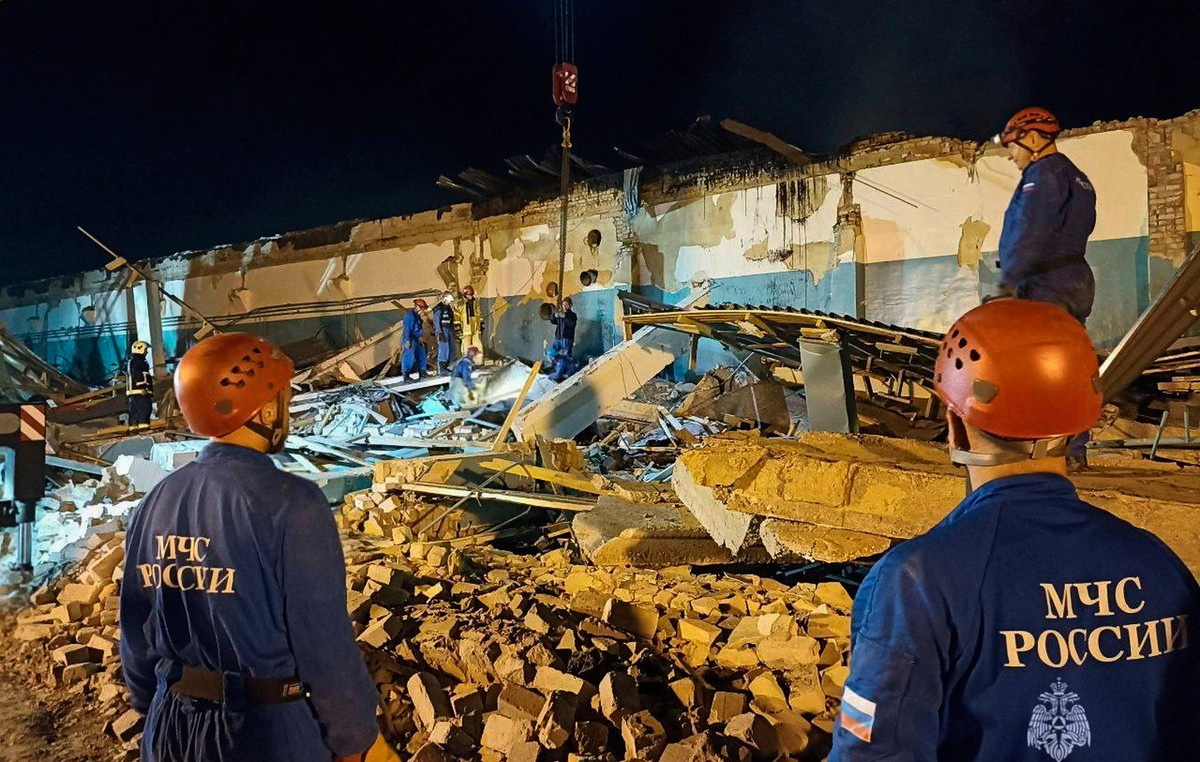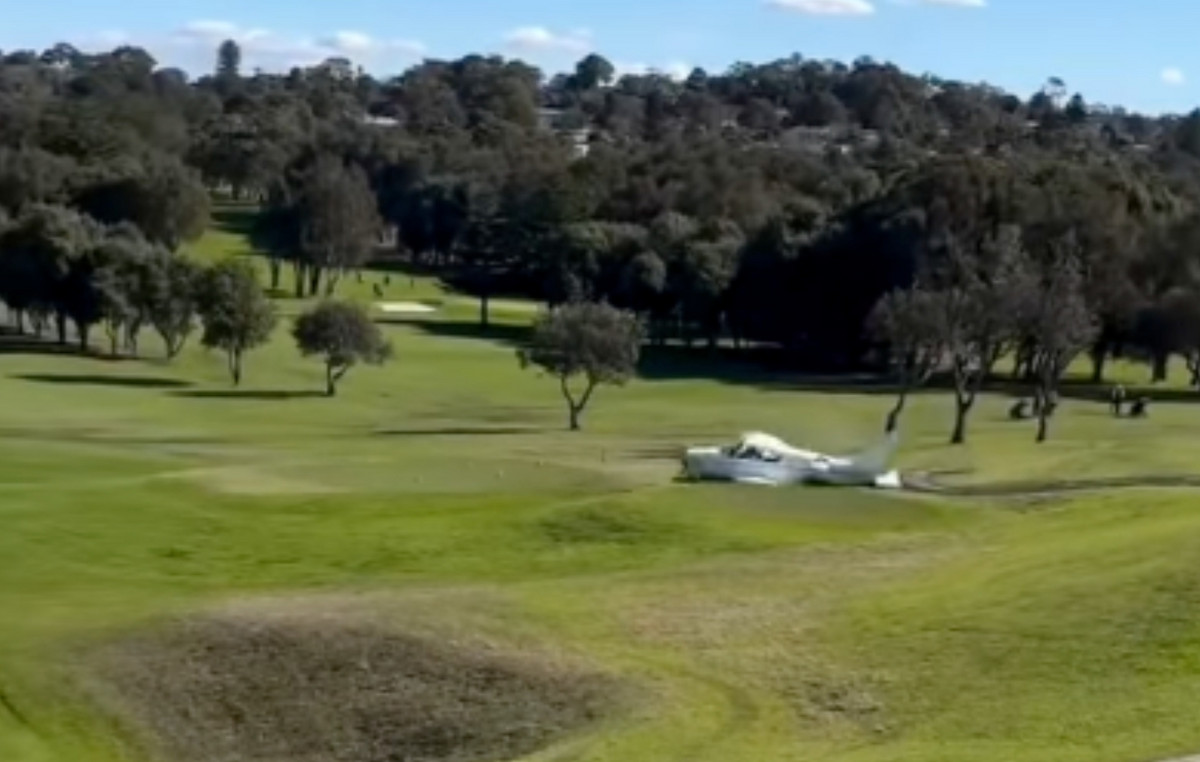THE Federal Reserve, central bank two U.S, is responsible for the monetary policy of the world’s largest economy. Therefore, your decisions, and signals, have a wide impact.
Last Wednesday (5), for example, stock markets around the world fell and the dollar appreciated after the minutes of the last meeting of the municipality. Only in Brazil, the Ibovespa fell more than 2% and the US currency rose, closing at around R$5.71 that day.
The reason was the market’s perception of a tougher stance on the part of the Fed towards the inflation, called contractionary or hawkish, with the chance of accelerating interest rate hikes in the country already planned for 2022.
Behind this is the perception of the institution’s directors that inflation is not as fleeting as previously predicted, and that the recovery of the labor market is already allowing the abandonment of the expansionist policy, of buying bonds, low interest rates and injection of money, adopted during the pandemic.
For experts consulted by the CNN Brasil Business, the negative impact on markets is natural in this process, and tends to repeat itself as the Fed continues its more contractionary move.
The intensity, however, may not be so great, and internal factors of each market, including Brazil, must be taken into account.
The causes of impact
Simão Silber, a professor at FEA-USP, states that the dollar is still the most important currency in the world, and treasury bonds issued in the United States, called Treasuries, have “a lot of credibility”.
“This means that any interest rate increase increases the attractiveness of buying US bonds. And the money comes from somewhere to go there, particularly from emerging countries, like Brazil”, says the professor.
But the movement does not only affect these markets. Silber claims that the Japan, with a zero interest rate, and the Europe, which increased caution in the face of inflation but did not raise interest rates, also lose investments. No wonder, last week the European stock exchanges fell after the Fed minutes. The US stock exchanges retreated on the day, with the greater attractiveness of Treasuries.
At the same time, he claims that with low interest rates all over the world during the period of pandemic, and with the financial market receiving more money from central banks as a stimulus, the global stock market has “soared in these years”.
“Stocks were very high, but if interest rates go up, they plummet, that’s standard. The Fed’s stance [de retirar estímulos e subir juros] it’s not a surprise. What we didn’t know was when it would happen.”
After the minutes, the “when” became a little clearer. The majority expectation, now, is for four interest rate hikes in 2022, with the first likely to occur in March. Currently, the rate is between 0% and 0.25% per year.
For André Perfeito, chief economist at Necton Investimentos, the Fed will make much more of a process of ending the injections it was making into the economy, as the unemployment rate, currently at 3.9%, is reaching the level desired by the central bank, while inflation begins to move away from the targets, demanding a change in posture.
The Fed’s Communication
However, the Fed had already been communicating the prospect of a change in posture since 2021. The directors of the autarchy themselves gradually shifted from the view of supporting stimulus measures to their reduction and, then, elimination. The process of repurchasing treasury bonds was already being reduced since the end of last year.
For Perfect, the Fed’s slower, more communicative move occurs because most of the bonds issued are with private companies, mainly banks. “If interest rates rise too much, the price of bonds loses value, and it can lead to a shock in the balance sheet of banks. It would be chaos.”
In this sense, he says that the Federal Reserve itself seems to be wanting to “generate an adjustment in the market”, that is, to explain what it intends to do in the future and let investors prepare themselves, rearranging investments, and only then do what has been promised.
It is a different stance from that of 2013, when the institution’s president at the time, Ben Bernanke, took the markets by surprise by announcing that the central bank could reduce the purchase of assets initiated after the 2008 crisis.
The market reaction was negative. A survey by XP shows that, between May and December 2013, the Ibovespa fell 10.4%, and the dollar rose 13.7%.
The Fed later improved communication and managed to alleviate some of the losses, but the episode became known as a “taper tantrum”, in short, a “tantrum” at the end of stimuli (the tapering process).
Silber says the Fed has been more communicative this time around, something it lacked in the 2008 crisis to avoid large and sudden changes in other countries’ assets and currencies, but it’s impossible for the market to fully price the effects of central bank actions before that they occur.
In the case of last week’s movement, the professor’s analysis is the same, even though the market already seems to have priced in actions e exchange a reasonable part of the effects of a future interest rate hike.
“No one has a crystal ball. If good news appears, the dollar falls, if bad news appears, it rises. It’s not a linear path, it’s a road full of holes. There is nothing the Fed can say that is a definitive forecast, it could be much worse or much better,” he says.
The reaction of world markets, with falls in the Ibovespa to bitcoin, has improved in recent days, as the current chairman of the Fed says, Jerome Powell, and the US inflation data came in line with expectations and calmed investors.
In this sense, the movement in recent days, with the stock market rising and the dollar falling, “may be an adjustment in the face of an excessively negative reaction”.
The chief economist at Necton says that there was “a lot of this frenzy” around it because the market out there is afraid that the stock market will fall – and many are already betting on it -, which leads to this fall.
In his view, the return of US interest rates to the pre-pandemic level is not exceptional, and may even be accelerated. “I think the market is trying to find an excuse to make gains abroad during the pandemic, and that’s where this exaggeration comes from. The market sees that this rise will occur, due to inflation, but what the Fed will do is timid in relation to the fear that is being had”.
Test your knowledge about the Ibovespa
Let’s start with an easy one: what is the Ibovespa?
Who is responsible for calculating the Ibovespa?
What types of assets are eligible to be listed on the Ibovespa?
Which of these is NOT a criterion for a stock to enter the Ibovespa
How many shares are currently in the Ibovespa theoretical portfolio?
How often is the Ibovespa theoretical portfolio reviewed?
What is the most important stock on the Ibovespa?
What is the smallest share on the Ibovespa?
Each Ibovespa point is equivalent to 1 real. This statement is
What is the historical record for closing the Ibovespa?
Try again!
Tip: follow CNN Business to understand more about Ibovespa
Nice job!
You know a lot about the Ibovespa, but you could know a little more
Sensational!
Congratulations! Are you an Ibovespa expert?
Effects in Brazil
In the case of the effects in Brazil, André Perfeito states that it is important to take into account the process of raising the basic interest rate, the Selic rate, which started in 2021 and is expected to continue in 2022 due to the high inflation, with a forecast of a closing rate of between 11% and 12% per year.
“All of this can make this process of appreciation of the dollar against the real not so acute. There is even room for appreciation of the real due to interest rates and the expectation of a surplus in the trade balance”, he says.
At the same time, higher interest rates affect equities, especially in the so-called leveraged sectors, which take out loans whose value rises as interest rates rise. The technology sector is one of the most leveraged, and equities in both Brazil and the US fall as interest rate hikes are suggested.
Perfect assesses, however, that the increase in the Selic rate may not be so bad for the stock market. “We saw a dysfunctional rate of 2%. I think that now, with a more reasonable level of risk perception, prices have already adjusted. Even with eventual increases, the risk is more priced. On the one hand, it is bad, it creates a cash flow problem, but the asset prices are already corrected, and there is a more balanced perception of risk”.
In other words, in the economist’s view, as much as the rise in interest rates in Brazil and the United States affects the capital market, the scenario “is more consistent with Brazil’s real risk”.
“High interest rates here can hold back investments that would go to the United States. It can help the dollar fall no matter how high it is now.”
For the USP professor, however, the rise in interest rates central bank does not prevent a flight of foreign capital. “Actually, it puts more pressure on the Central Bank, because it doesn’t have a policy for interest rates above 0% in the United States, and it can make interest rates here perhaps need to rise more, amid this pressure on the exchange rate”.
He says that inflationary factors, such as rising fuel prices and energy prices, still do not seem to be resolved, and the issue of US interest rates only adds to this environment of inflationary pressures.
As presidential elections in 2022 The creation of Auxílio Brasil and pressure for salary increases should also weigh, in a scenario of discussions on fiscal anchor, PEC dos Precatórios, the creation of Auxílio Brasil.
Therefore, he says that the stock and exchange scenario in 2022 will be up and down. “It’s like a sawmill, with periods when the dollar goes up, then goes down. It will depend on the mood of the market, trying to price the future. The big problem of the future is that it is uncertain”.
For the next Fed meeting, between January 25 and 26, Perfect expects the central bank to seek “to make the process clearer”. “The market is pricing, that’s noise, that’s the Fed inviting the market to make these adjustments. Let the system settle down. If you anticipate, you can catch the market unprepared”.
“The more certainty the better, and the Fed has been talking, insinuating, for a long time now, giving these warnings to investors.”
Reference: CNN Brasil
I am Sophia william, author of World Stock Market. I have a degree in journalism from the University of Missouri and I have worked as a reporter for several news websites. I have a passion for writing and informing people about the latest news and events happening in the world. I strive to be accurate and unbiased in my reporting, and I hope to provide readers with valuable information that they can use to make informed decisions.

